Travel Orthodox icons have a rich history in Russia. As early as the 12th century, pilgrims wore pectoral icons in order to preserve the possibility of daily prayer. Later, small travel icons were used by the Orthodox faithful to serve as amulet-like protection from the calamities of travel. Orthodox Russians would leave home on a journey without a special to them travel icon in their possession. Special small icons depicting a patron saint, St. George the Victorybearer, or a Guardian Angel were given by families to soldiers being sent to war. Others were purchased by pilgrims during a quest to one of many Holy places and distant monasteries housing relics of highly venerated Orthodox saintly monks such as Sts. Zosima and Sabbatius, founders of the Solovki monastery far in the Russian North, another monastery founder St. Sergius of Radonezh, a beloved by people hermit St. Seraphim of Sarov canonized in 1903, and a stoic monk St. Niles of Stolbensk.
Many of the icons are clad by richly worked covers of precious silver and their panting is showing an amazing level of detail. Nowadays, travel icons are favored by both the faithful and collectors due to their intimate size and moderate cost.







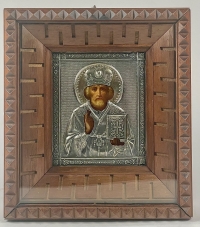














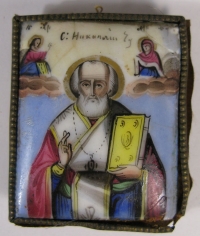



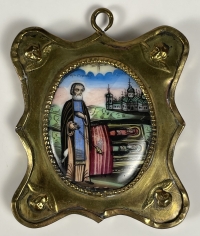









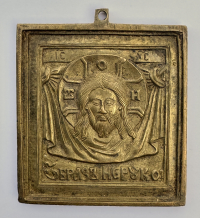


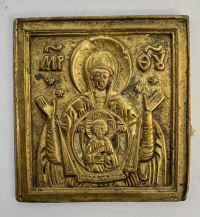







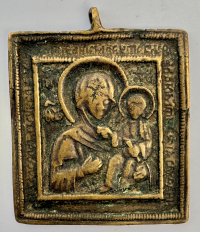








 Поменять язык на русский
Поменять язык на русский 